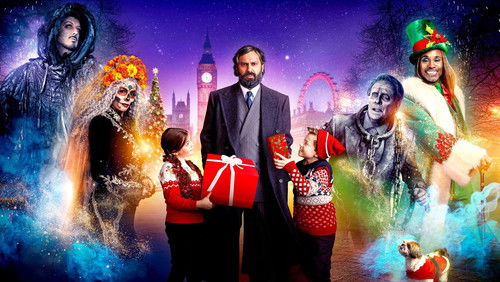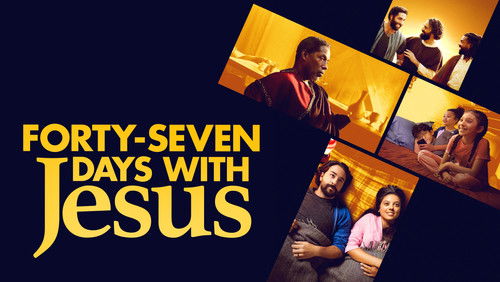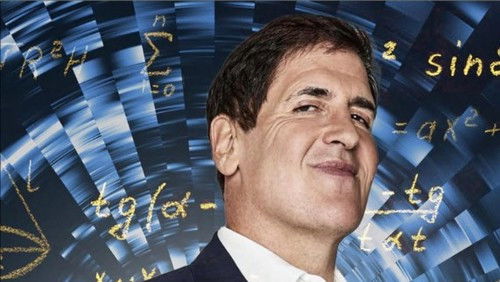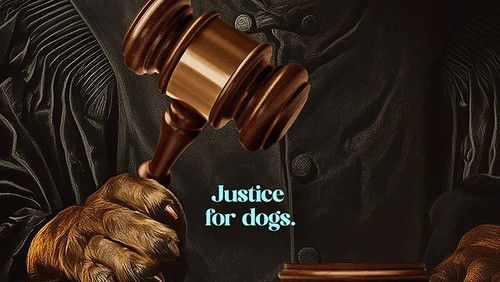Kurt Cobain About a Son (2006)
12KKurt Cobain About a Son (2006). 1h 36m | Not Rated
“Kurt Cobain, lead singer of Nirvana before his untimely death, is often credited by music experts as being one of the most influential musicians of his time. A claim that careful analysis demonstrates to have much credence. Yet he seemed an unremarkable individual. Physical and mental illness. Dropping out of high school. Habitual drug-user. Where did he find the insights that made him such an inspiration to other artists? Making a famous rock-star biopic must be a temptation to fill it with crowd-pleasing footage of their songs. Then link it with candid shots to show the u0026#39;realu0026#39; person. Thankfully, Schnack has steered an alternative course with great integrity in his pursuit for truth. He has looked at how the formative years made the man. The result is not a pat answer underlined with some snappy lyrics. It is a convincing and inspiring portrait of a man who was not easy to know.u003cbr/u003eu003cbr/u003eTwenty five hours of unreleased interviews provide a voice-over for the film. We focus on the period from childhood to when Nirvana attain recognition. These formative years, together with Cobainu0026#39;s own words, give us a feeling for how his music developed. More importantly, they show the pressures on his character. In almost a crucible of personal hell (in spite of the bravado in what he says), Kurt Cobain forged a telling sincerity of expression. That expression of someone who has little choice.u003cbr/u003eu003cbr/u003eCobain acknowledges many influences, including Led Zepplin, Kiss, AC/DC and the Cars, as well as more obscure bands. But his key experiment was based on mixing seemingly irreconcilable genres. u0026quot;How successful do you think a band could be if they mixed really heavy Black Sabbath with the Beatles?u0026quot; he asks.u003cbr/u003eu003cbr/u003eSome bands had approached elements of this already. Zepplin used strident contrasting sections: gentle harmonies would alternate with heavy metal sections. Nirvana invoked not just musical contrasts but extreme disparities of mood and lyrics. Many of their songs flip in a split second from gentle, sensitive, caring sing-along-with-your-mum words – to an extreme violence of sound and imagery. u0026quot;Come as you are, as a friend,u0026quot; takes on a horrific edge in subsequent verses. The shock value has been duplicated since (usually in a less extreme way) in the structure of music and lyrics by many rock bands, and even seems to filter down to pop groups such as Rihanna and Morningwood.u003cbr/u003eu003cbr/u003eWe could equally wonder if it was just part of a general music drift. But the filmu0026#39;s insights help even an untrained ear to analyse the trends and Nirvanau0026#39;s role in them.u003cbr/u003eu003cbr/u003eCobainu0026#39;s life gave him plenty to draw on. Isolated, homeless (in the middle of winter), suffering from ADD and later manic-depression, in his dark night of the soul we can see that his love of music was his only interest. Living in a backwater of Seattle, the only possessions he valued were his artistic nature and the guitar that offered a possibility of expression.u003cbr/u003eu003cbr/u003eThere is nothing manufactured about the sound of Nirvana. Its heartfelt honesty perhaps helped to propel the group to wider audiences at a time when indie bands were being methodically sidelined by an avaricious industry. In reaching a wider public, Nirvana also helped to show it was still possible for an unknown band to break through the seemingly invincible wall that dictated what was acceptable.u003cbr/u003eu003cbr/u003eThe filmu0026#39;s cinematography, still and moving images of the places and sorts of people that populated Cobainu0026#39;s early life, cleverly and almost imperceptibly adds flesh to the raw bones. The bleak Aberdeen backwater. Sleeping under bridges. Spending time in libraries to keep warm. Eventually meeting middle-class youngsters who populate an unsettlingly different world. All through this, the idea for him of simply making enough money to survive was u0026quot;awesome.u0026quot; Cobain is maybe an extreme example of the double-edged angst felt by many young people. u0026quot;I was such a nihilistic jerk half the time,u0026quot; he says. u0026quot;Iu0026#39;m so f*cking sarcastic at times then at other times Iu0026#39;m so vulnerable and so sincere, and thatu0026#39;s pretty much how every song comes out – itu0026#39;s a mixture of both of them and thatu0026#39;s pretty much how most people my age are theyu0026#39;re sarcastic one minute then caring the next.u0026quot; Since the nihilism pervades all of the interviews except where he speaks of music, it is reasonable to believe, against his claims, that he didnu0026#39;t change much. u0026quot;Iu0026#39;m p*ssed off about everything in general and so all these songs are pretty much about my battle with things that p*ss me off.u0026quot;u003cbr/u003eu003cbr/u003eThe words are inelegant and he (technically) contradicts himself on occasion. But the general sense comes through. It is one of the special gifts of cinema to be able to show the bigger picture by putting words in different settings, juxtaposing them with images, to give meanings that could otherwise be missed.u003cbr/u003eu003cbr/u003ePerhaps Cobain is at his most articulate when talking about privacy and the intrusion of the paparazzi. If people believe they have a u0026#39;rightu0026#39; to know everything about a celebrityu0026#39;s life, u0026quot;Then I have a right to try and change that view,u0026quot; he says.u003cbr/u003eu003cbr/u003eCobain was a tragic character who found happiness in so little and yet affected his artistic field greatly. Schnacku0026#39;s portrait will not satisfy fans that want a pop video of Nirvana songs. It doesnu0026#39;t feature a single one (even though it will increase subsequent enjoyment and appreciation of their music.) Neither will it satisfy the gore-hounds who want to endlessly debate whether his death was suicide or not. Yet somewhere in the misery of Cobainu0026#39;s life was born a spark of creative fire that was far more important. It is hard to imagine how this film could have been less commercial or more true to the quest for that flame.”









